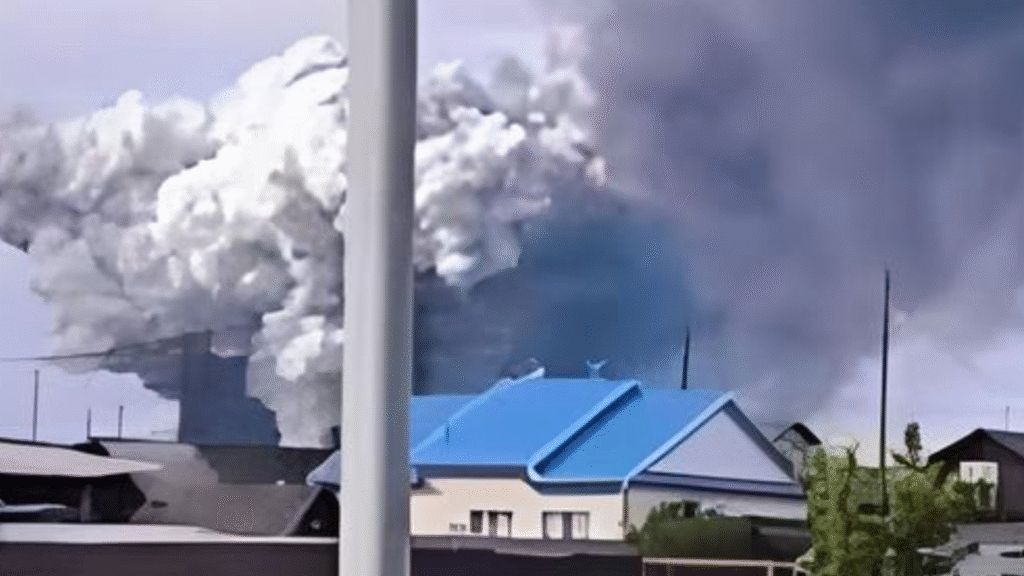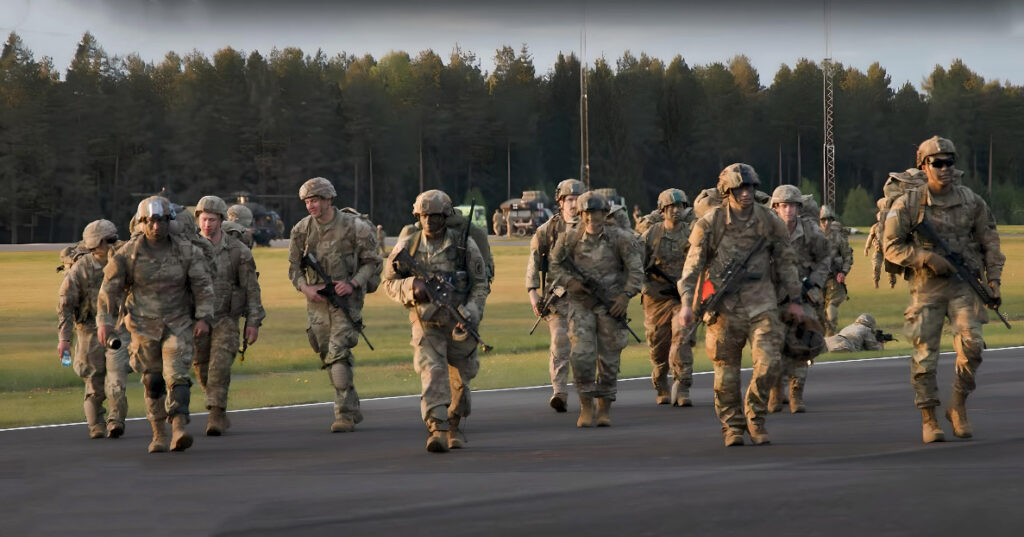June 1, 2025, marked a turning point in the escalating conflict, with implications reaching far beyond Eastern Europe to the broader international community. According to multiple informed sources, the United States has warned its allies that Moscow is contemplating a “disproportionate response” to a series of drone attacks carried out by Ukraine on Russian military targets.
At the heart of the crisis is an unprecedented operation dubbed “Web.” Preliminary reports indicate that the strikes targeted five Russian airbases, including facilities deep within Russian territory. The attacks on strategically vital airfields—such as “Belaya” in Irkutsk Oblast, “Olenya” in Murmansk Oblast, and “Dyagilevo” in Ryazan Oblast—have caused particular alarm. Notably, some of these targets are over 4,000 kilometers from the border, showcasing not only the technological advancement of Ukraine’s drone systems but also the audacity of its intelligence in selecting high-value targets.
Sources within U.S. defense circles, as reported by The Washington Post, suggest that Moscow may resort to measures beyond conventional military retaliation. Potential scenarios range from strikes on critical infrastructure to cyberattacks or the deployment of strategic assets, including the repositioning of military units and advanced weapons systems closer to potential conflict zones.
The timing of this escalation is particularly concerning, as it comes ahead of planned negotiations between Moscow and Kyiv, scheduled for mid-June in Istanbul. While the agenda for these talks remains confidential, international mediators had hoped they would pave the way for de-escalation. However, the current tensions cast doubt on whether the meeting will proceed as planned or shift dramatically in tone.
Voices of concern are growing in several European capitals. Diplomats warn that the phrase “disproportionate response” is deliberately vague, leaving room for wide-ranging interpretations. Some analysts speculate that it could signal Moscow’s intent to alter the dynamics of the conflict, potentially targeting previously untouched infrastructure or assets.
Meanwhile, Russian officials have remained silent, offering no public statements. Experts suggest this could be a deliberate tactic of strategic ambiguity, designed to instill uncertainty and fear. Discussions within the analytical community also point to possible shifts in Moscow’s military doctrine, emphasizing the use of long-range precision weapons and hypersonic systems.
The military and political balance in the region now hangs in the balance. Further strikes, especially if they target critical logistics or energy infrastructure, could trigger a chain reaction with far-reaching consequences, affecting not only the direct parties to the conflict but also nations within the broader geopolitical sphere of influence.
The question remains: will this show of force lead to a new phase of confrontation, or could it push the parties back to the negotiating table with renewed resolve? The answer may become clear in the days ahead.



